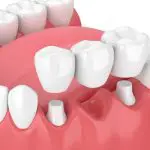Table of Contents
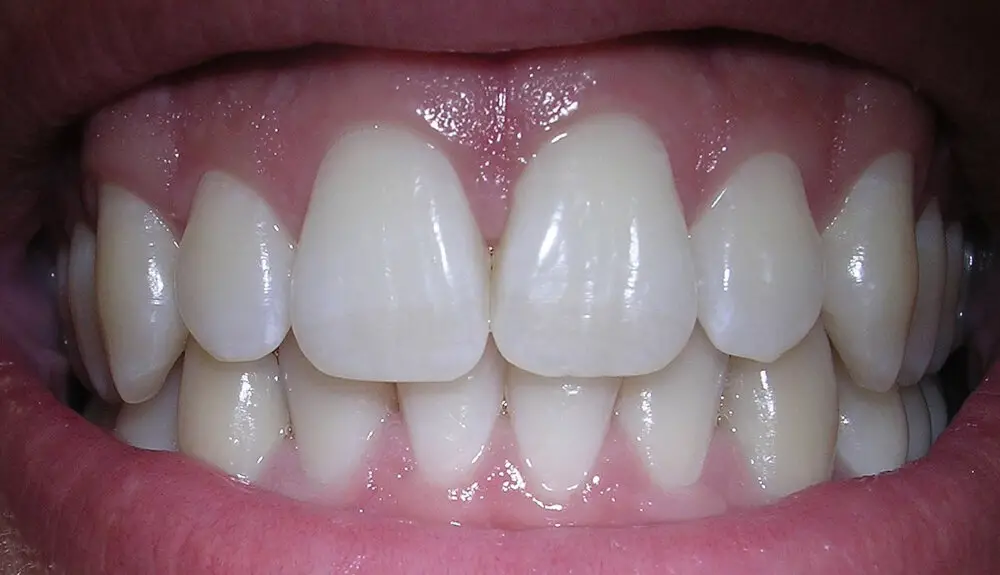
As a cat owner, you know that keeping your furry friend healthy and happy is a top priority. And while you may be diligent about taking your cat to the veterinarian for regular checkups, there’s one aspect of feline health that often gets overlooked: dental hygiene. Just like humans, cats can suffer from a variety of dental problems, from bad breath to gum disease, which can lead to serious health issues if left untreated. But the good news is that maintaining your cat’s oral health doesn’t have to be difficult or time-consuming. In fact, with just a few simple steps, you can help keep your cat’s teeth clean and healthy for years to come. In this article, we’ll outline five easy steps for cleaning your cat’s teeth and promoting optimal oral health. From choosing the right toothbrush to getting your cat comfortable with the process, we’ll cover everything you need to know to get started. So whether you’re a seasoned cat owner or a first-time pet parent, read on to learn how to keep your feline friend’s pearly whites in tip-top shape.
Dental health is a significant aspect of the overall well-being of cats. Poor oral hygiene can lead to a range of health issues, including gum disease, tooth decay, and bad breath. Additionally, dental problems can cause pain, discomfort, and difficulty eating, which can impact a cat’s quality of life. Regular brushing of your cat’s teeth is essential to maintain optimal oral health. It can prevent the buildup of plaque, tartar, and bacteria that can cause dental issues. In addition to brushing, providing your cat with dental treats and toys and scheduling regular dental cleanings with a veterinarian can help ensure your cat’s teeth and gums stay healthy. Taking care of your cat’s dental health may require some effort, but it is crucial for their overall health and happiness.
Regular teeth cleaning for cats provides numerous benefits for their oral health. It helps to prevent tartar buildup, which can lead to gum disease and tooth decay. By removing food particles and bacteria from their teeth and gums, it also helps to prevent bad breath. Additionally, regular teeth cleaning can help to detect any potential dental issues early on, allowing for prompt treatment and prevention of further damage. Overall, incorporating this simple step into your cat’s oral hygiene routine can lead to a healthier and happier feline friend.
Step 1: Get the Right Tools

To ensure that you can clean your cat’s teeth effectively, you need to get the right tools. Firstly, you will need a soft-bristled toothbrush that is specifically designed for cats. These brushes have smaller heads and softer bristles than human toothbrushes, making them more suitable for your feline friend’s delicate mouth. You can find these brushes at pet stores or online. Additionally, you will need a toothpaste that is specifically formulated for cats. Human toothpaste can be dangerous to cats because it contains ingredients that can be harmful if swallowed. Cat toothpaste comes in flavors that are appealing to cats, such as fish or chicken, which will make the process more enjoyable for your pet. Apart from a toothbrush and toothpaste, you may also want to consider getting dental treats or toys that help to clean your cat’s teeth. These treats and toys work by scraping away plaque and tartar as your cat chews on them. However, it is important to note that dental treats and toys should not be used as a substitute for brushing your cat’s teeth. Instead, they can be used as a supplementary tool to help maintain your cat’s oral health. By getting the right tools, you can make the process of cleaning your cat’s teeth easier and more effective, ensuring that your feline friend has optimal oral health.
Maintaining proper oral hygiene for cats is crucial, and using a toothbrush and toothpaste specifically designed for feline use can be a game changer. A cat’s teeth are prone to plaque buildup and tartar accumulation, which can lead to tooth decay, gum disease, and even systemic health issues. Toothbrushes for cats are small and have soft bristles that are gentle on their teeth and gums. Toothpaste for cats comes in various flavors, such as poultry or seafood, which makes the brushing experience more enjoyable for your feline friend. By incorporating a toothbrush and toothpaste into your cat’s oral care routine, you can prevent dental problems and ensure optimal oral health.
Using cat-specific products is crucial when it comes to maintaining optimal oral health in cats. Human toothpaste and oral care products contain ingredients that can be harmful to cats if ingested. Additionally, the taste and texture of human products may not be appealing to cats, making it difficult to clean their teeth effectively. Cat-specific toothpaste and oral care products are formulated with feline taste preferences in mind and are safe for them to ingest. These products also contain enzymes that specifically target the bacteria that cause plaque and tartar buildup, helping to prevent dental diseases in cats. Investing in cat-specific oral care products is a small price to pay for the long-term health and wellbeing of our feline companions.
Step 2: Prepare Your Cat
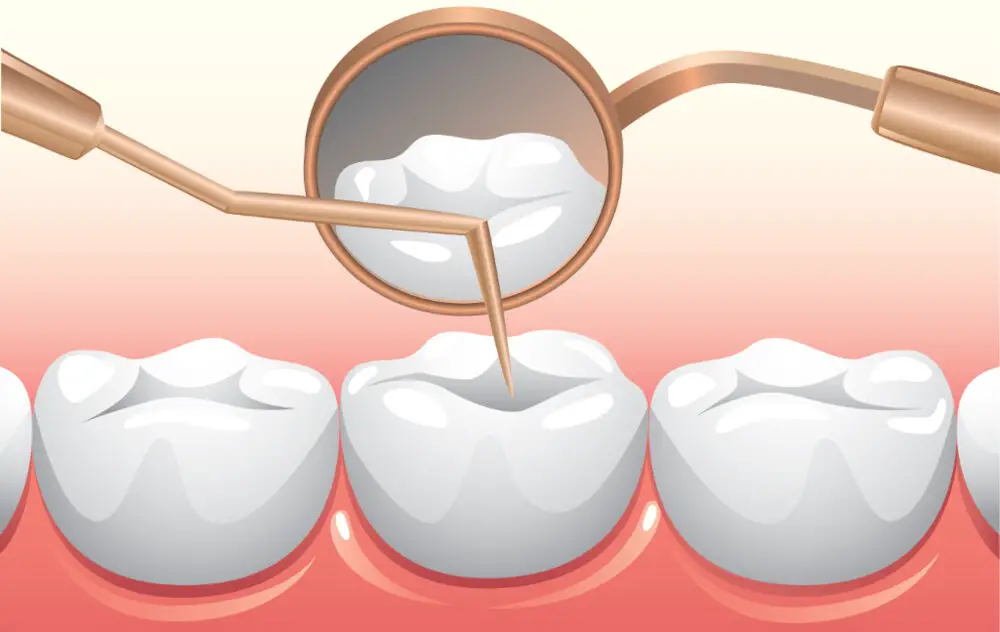
The second step in cleaning your cat’s teeth is to prepare your feline friend for the process. This is a crucial step that requires patience and care. Before starting the cleaning process, it’s essential to make sure that your cat is calm and comfortable. Start by talking to your cat in a soothing voice to help them relax. You can also offer them a treat or toy to distract them during the cleaning process. It’s important to remember that cats are sensitive creatures, and if they feel uncomfortable or threatened, they may become aggressive or anxious. Therefore, it’s essential to approach the cleaning process with care and patience. Once your cat is calm and relaxed, it’s time to prepare them for the cleaning process. Start by gently stroking their face and mouth to get them used to the sensation of having their gums and teeth touched. You can use a soft-bristled toothbrush or a finger brush to clean your cat’s teeth. Before using any cleaning product, make sure it’s cat-safe and approved by your veterinarian. It’s also essential to avoid using human toothpaste, as it contains ingredients that can be harmful to cats. By preparing your cat for the cleaning process, you’ll make the experience less stressful for your feline friend and ensure a successful cleaning session.
Familiarizing your cat with the toothbrush is an essential step in maintaining optimal oral health for your feline friend. It is recommended to use a toothbrush and toothpaste specifically designed for cats. Begin by allowing your cat to sniff and explore the toothbrush to become more accustomed to it. Then, place a small amount of toothpaste on the brush and allow your cat to taste it. Next, gently rub the toothbrush along your cat’s teeth and gums, starting with just a few teeth at a time. It may take some time for your cat to become comfortable with this process, but with patience and consistency, it can become a part of their routine and contribute to their overall health and well-being.
When it comes to cleaning your cat’s teeth, choosing a comfortable and relaxed environment is crucial. You want your feline friend to feel at ease and trust you during the process, so it’s important to create a calm atmosphere. Find a quiet and peaceful area free from distractions, such as other pets or loud noises. You could also play some soothing music to create a more relaxed atmosphere. Additionally, make sure your cat is comfortable by providing them with a soft surface to lie on, such as a cozy blanket or bed. By creating a comfortable environment, you’ll be able to clean your cat’s teeth more effectively and without causing unnecessary stress or discomfort.
Step 3: Start Brushing
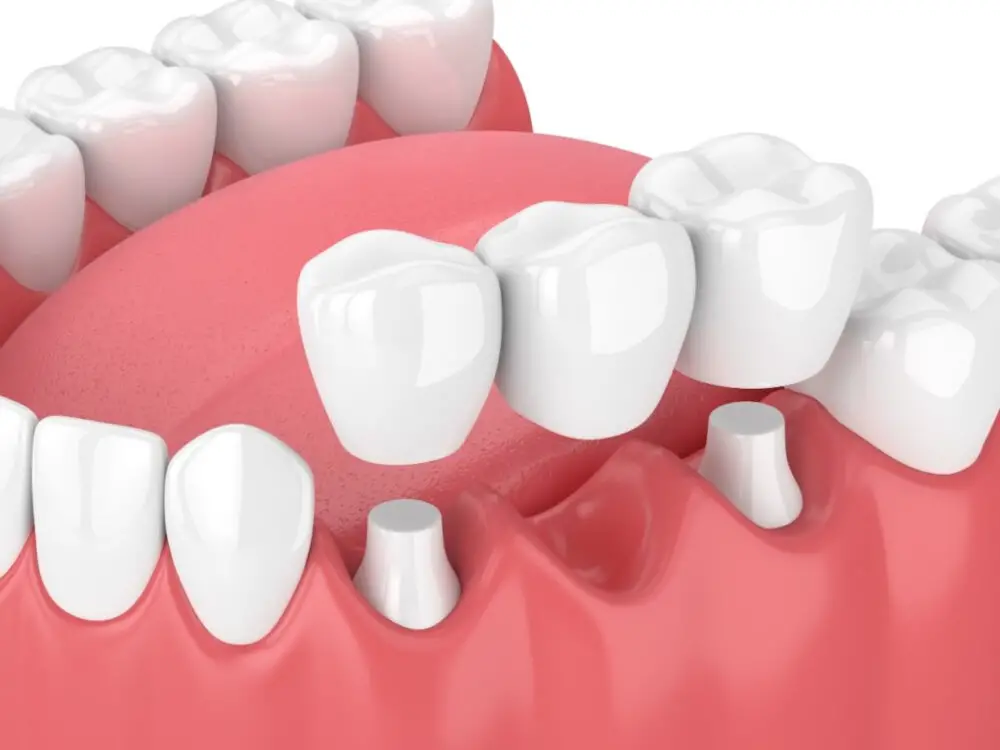
Step 3 of cleaning your cat’s teeth is to start brushing. Now that you have familiarized your cat with the toothbrush and toothpaste, it’s time to get down to business. Start by gently lifting your cat’s lip on one side and brush the teeth in a circular motion. Be sure to get the back molars, as this is where most of the plaque and tartar build-up occurs. It’s important to be patient and gentle during this process, as your cat may resist or become agitated. If this happens, take a break and try again later. Gradually work your way around the mouth, brushing all of the teeth on both the upper and lower jaw. When brushing your cat’s teeth, be sure to use a toothbrush and toothpaste specifically designed for cats. Human toothpaste can be harmful to cats, so always use a pet-safe toothpaste. It’s also important to use a soft-bristled toothbrush, as a hard-bristled brush can damage your cat’s delicate gums. Remember to brush your cat’s teeth regularly, ideally once a day. Not only will this help prevent dental problems such as gum disease and tooth decay, but it will also keep your cat’s breath fresh and their coat shiny and healthy. By following these simple steps, you can help ensure your cat has optimal oral health and a happy, healthy life.
Proper brushing techniques are essential for maintaining optimal oral health for your cat. Firstly, use a toothbrush that is specifically designed for cats, as human toothbrushes can be too harsh for their sensitive gums. Secondly, choose a cat-friendly toothpaste that is safe for them to swallow, and avoid using human toothpaste, which can be toxic to cats. Thirdly, hold your cat gently but securely and brush in a circular motion, focusing on the outer surfaces of the teeth. Fourthly, be patient and take breaks if needed, as brushing can be stressful for your cat. Finally, reward your cat with praise or a treat after each brushing session to make it a positive experience for them. By following these simple steps, you can ensure that your cat’s teeth stay clean and healthy for years to come.
Brushing all teeth surfaces is crucial to maintaining optimal oral health for your cat. Neglecting to brush certain areas can lead to the buildup of plaque and tartar, which can cause tooth decay and gum disease. It is important to brush the front, back, and chewing surfaces of each tooth, as well as the gum line. This ensures that all areas where bacteria can accumulate are thoroughly cleaned. Regular brushing also helps prevent bad breath, which can be a sign of dental problems. By taking the time to brush all teeth surfaces, you can help your cat maintain a healthy and happy mouth.
Step 4: Reward Your Cat
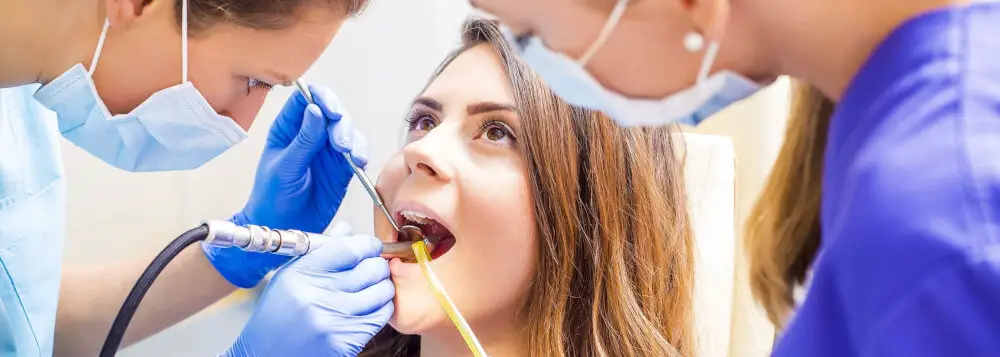
Step 4 in the process of cleaning your cat’s teeth is to reward them for their cooperation. It’s important to make the experience as positive as possible, so your furry friend will be more likely to comply in the future. You can offer your cat a special treat or toy that they don’t normally receive to show them that they’ve done a good job. Positive reinforcement is key to building a good relationship with your pet and making dental care a routine part of their life. In addition to rewarding your cat, it’s also a good idea to schedule regular dental check-ups with your veterinarian. They can help you identify any potential dental issues and provide professional cleaning services that are important for maintaining optimal oral health. By taking these steps, you can help ensure that your cat’s teeth stay healthy and strong for years to come. Remember, prevention is always better than treatment when it comes to your pet’s health.
Positive reinforcement is a hugely effective way to encourage your cat to let you clean their teeth. This type of training involves rewarding your cat for good behavior, such as allowing you to brush their teeth without resistance. Positive reinforcement can take many forms, from verbal praise and treats to playtime and cuddles. By using positive reinforcement, you can help your cat associate tooth brushing with positive experiences, making it more likely that they will allow you to clean their teeth in the future. Not only does this help to improve your cat’s oral health, but it can also strengthen the bond between you and your furry friend.
Treats and praises are essential components of any successful cat teeth cleaning routine. After completing a cleaning session, it is important to reward your cat with a treat or two. This positive reinforcement will help your feline friend associate teeth cleaning with a positive experience, making future cleaning sessions easier and less stressful. Additionally, verbal praises and petting can also be used to reinforce good behavior during the cleaning process. By providing treats and praises, you can help your cat maintain optimal oral health and ensure that their teeth remain clean and healthy for years to come.
Regular teeth cleaning is an essential component of a cat’s oral hygiene routine. Neglecting to clean your cat’s teeth can lead to a variety of dental problems, including gingivitis, periodontal disease, and tooth decay. These issues can cause your cat pain, discomfort, and even lead to the loss of teeth. However, by regularly brushing your cat’s teeth, you can prevent these problems from occurring. Additionally, regular teeth cleaning can help freshen your cat’s breath and improve their overall health. With just a few simple steps, you can keep your cat’s teeth clean and healthy, ensuring they have a happy and pain-free life.
As a cat owner, maintaining your pet’s oral health is crucial to their overall well-being. Following these simple steps can help ensure your feline friend’s teeth and gums stay healthy. Firstly, start by familiarizing your cat with the process, gradually introducing toothbrushing with treats and positive reinforcement. Secondly, invest in a cat-specific toothbrush and toothpaste, as human products can be harmful to cats. Thirdly, gently brush your cat’s teeth, focusing on the back molars and gum line. Fourthly, incorporate dental-friendly foods and treats into their diet, such as raw bones or dental chews. Finally, schedule regular check-ups with your veterinarian to monitor your cat’s dental health and address any concerns. By following these steps, you can help keep your cat’s teeth and gums in optimal condition and prevent potential health issues down the line.
Conclusion
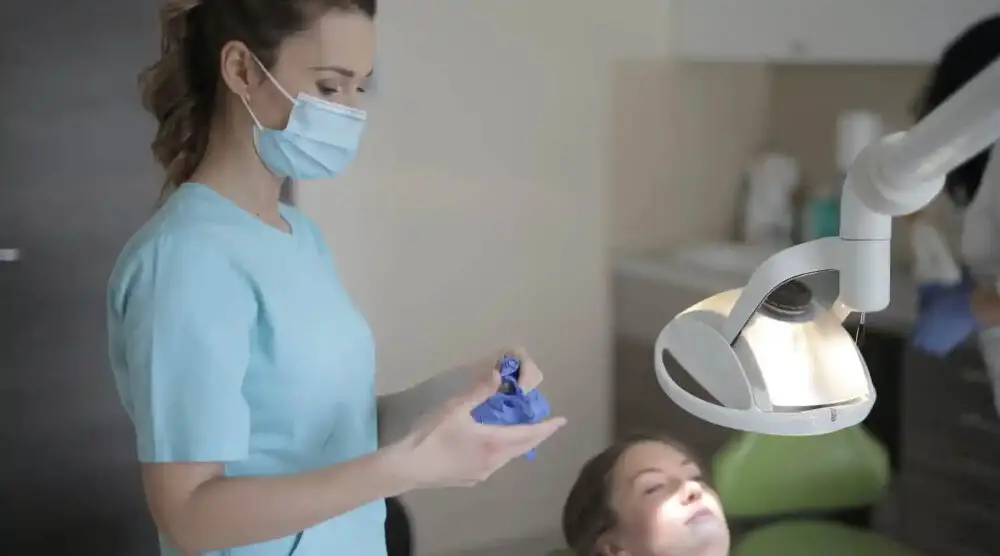
In conclusion, maintaining your feline friend’s oral hygiene is crucial to their overall health and well-being. By following the five simple steps outlined in this guide, you can effectively clean your cat’s teeth and prevent the development of dental diseases. Regular dental care not only improves your cat’s breath and appearance, but it also reduces the risk of costly and painful dental procedures in the future. Don’t neglect your cat’s dental health, take action today and start implementing these easy steps to ensure optimal oral health for your furry companion.




